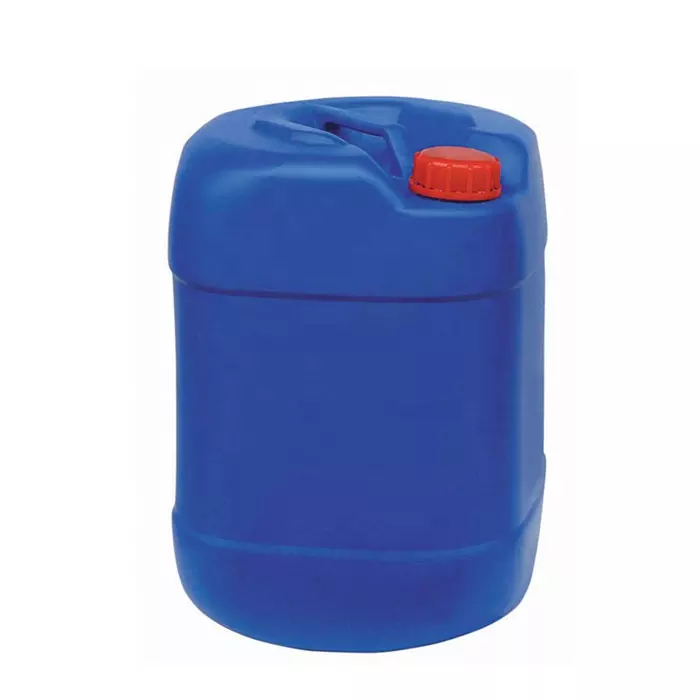
HDI trimer BASF HI-100
about:
Product description Basonat® HI 100 is an aliphatic isocyanurate for lightfast and weather-resistant 2K polyurethane coatings
Key benefits • Solvent free
-
100% isocyanurate oligomer
-
High weather resistance
-
Good light fastness
Chemical nature Isocyanurate based on Hexamethylenediisocyanate (HDI)
Properties
Physical form |
Transparent, viscous liquid |
||
Technical data(no supply specification) |
NCO content |
DIN EN ISO 11909 |
21.5 – 22.5% |
NCO equivalent weight |
~ 191 |
||
Viscosity at 23 °C (73 °F)D = 1,000 s-1 |
DIN EN ISO 3219 |
2,500-4,000 mPa*s |
|
Platin cobalt color number(Hazen) |
DIN EN ISO 6271 |
≤ 60 |
|
The NCO equivalent weight indicates the amount of Basonat® polyisocyanate as supplied containing 1 Mol of active NCO. |
|||
Application
Basonat® HI 100 is a solvent free isocyanurate oligomer.
Basonat® HI 100 allows a broad choice of solvents. For instance, when less volatile solvents would retard drying excessively, like in furniture coatings, highly volatile solvents can be chosen.
Basonat® HI grades are used to formulate particularly lightfast andweather-resistant coatings.
Basonat® HI polyisocyanates are used to crosslink most hydroxy group containing resins, e.g. acrylate resins like the Joncryl® Polyols and hydroxy polyesters like the hyperbranched Basonol HPE Polyesters. Sufficient compatibility withpolyester resins containing hydroxylgroups is not always given.
Formulation guidelines
Basonat® HI polyisocyanates can be diluted with esters (e.g. butyl acetate), ketones (e.g. methyl ethyl ketone), glycolether acetates (e.g. methoxypropylacetate) or with aromatic hydrocarbons (e.g. Solvesso®1 100, xylene).
If Basonat® HI polyisocyanates are diluted to a polyisocyanate fraction of less than 40%, turbidity, flocculation and/or sedimentation may occur during storage. Storage trials should always be carried out.
Results from long-term weathering tests show, that in most cases gloss retention is better with isocyanurates than with polyisocyanates based on biurets of hexamethylene diisocyanate (Basonat® HB grades). In addition, due to the low viscosity the solid content can be increased when Basonat® HI grades are used instead of Basonat® HB grades.
The theoretical equivalent amount of polyisocyanate required for crosslinking is computed using this formula:
0.075 x [OH value] x [non volatile fraction of OH component]
[NCO]
example: Joncryl® 507
OH value [mg KOH/g polyol on solids] |
140 |
non-volatile fraction (nvf) [%] |
80 |
Basonat® HI 100 , NCO content [%] |
22 |




